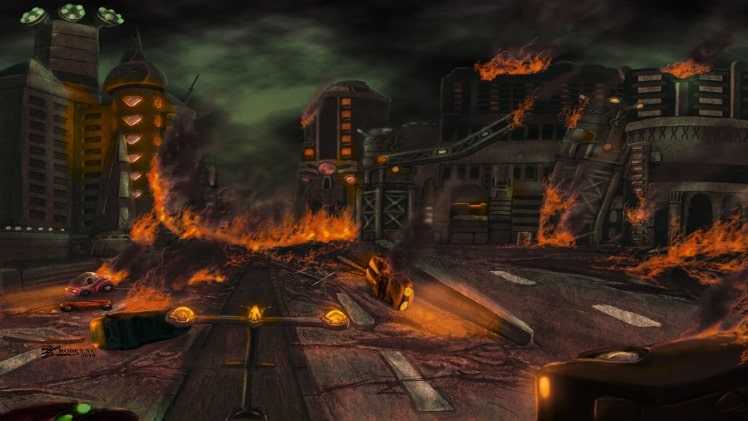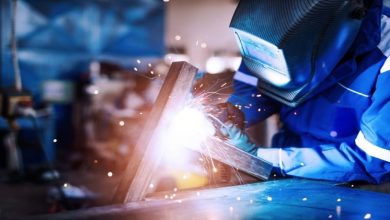8 Essential VFX Techniques Inside Nuke Compositing

It is your favourite superhero, Deadpool, being chased around on bikes. There are speeding vehicles, flying bullets, and broken fourth-wall. The scenes feel so real that they suck the audience right in. Makers sure used Nuke to create such visuals. But it makes one wonder how VFX artists deliver such breath-taking visuals with just one tool at their disposal. What techniques do they use?
Here are 8 essential VFX techniques inside Nuke compositing that compositors have up their sleeves-
- Levels
Levels help compositors blend colour, luminance, and saturation, so the entire scene sits together in harmony.
- With colour tone, you can tweak RGB levels of a scene
- Luminance helps you balance black and white levels
- Saturation levels allow you to control the intensity of colours
With these three elements levelled, assets in your scene will not feel out of place.
- Tracking
Nuke compositing is essentially recreating a scene in a way that looks like footage from a camera. Hence, tracking is another important technique that you must master. Depending on the type of scene and object in it, Nuke helps you accomplish:
- 2D tracking
- 5D tracking
- 3D tracking
- Grain
Grain is a distinguishing feature of scenes recorded using traditional cameras. To make scenes look natural, you must analyse grain in camera footage and recreate it in your scenes. With Nuke compositing, you can match the grain’s intensity, sharpness, luminance curves, and other details to add realism to scenes.
- Lighting
Another key technique to get Nuke compositing right is to match the lighting. Lighting also impacts shadows in a scene, making it is easier for audiences to notice irregularities. You must match light direction, brightness, and quality to create realistic scenes.
- Focus
Focus is a technique that cinematographers and photographers use to bring attention to the subject in a scene. You can add the same effect in Nuke compositing by tweaking blur and sharpness. You can easily adjust the focus amount and recreate generic blur and bokeh effect in your scenes.
- Lens FX
Camera lenses have unique features that affect the way footage looks. To add realism to your scene, you must recreate these effects while working in Nuke. Add Lens FX like flare, distortion, vignette, light wrap, and more to balance the elements and make them appear cohesive.
- Edge Detailing
Rough or blurry edges around an object can easily give away the use of VFX in a scene. Hence, you cannot ignore edge detail. In Nuke, you can extract edges, modify edge colour, and adjust sharpness, so objects fit right with the scene background.
- Perspective
Camera shots have an optical perspective, and objects you add using Nuke compositing must fit that perspective. To do that, you will need to:
- Analyse the scene’s background curves around the foreground.
- Identify where the skyline is in the scene.
To Conclude
These were some Nuke compositing techniques that are key for creating breathtaking scenes with unmatched realism.
To master these techniques, register to Nuke Compositing course by Pearl EDGE. With their Master Certificate in VFX Compositing with NukeX, you’ll be able to ace these tricks in no time.





